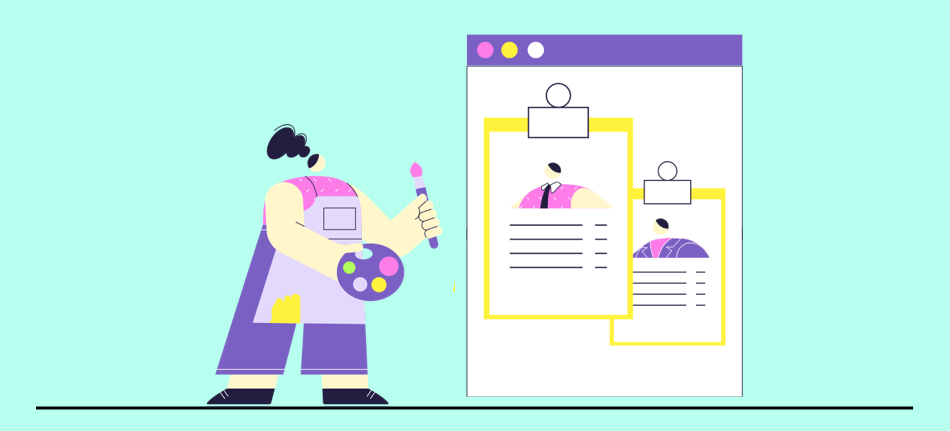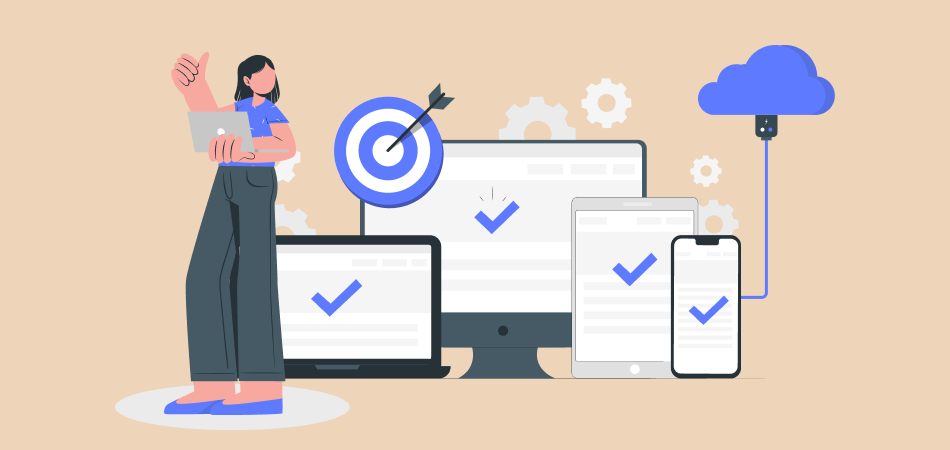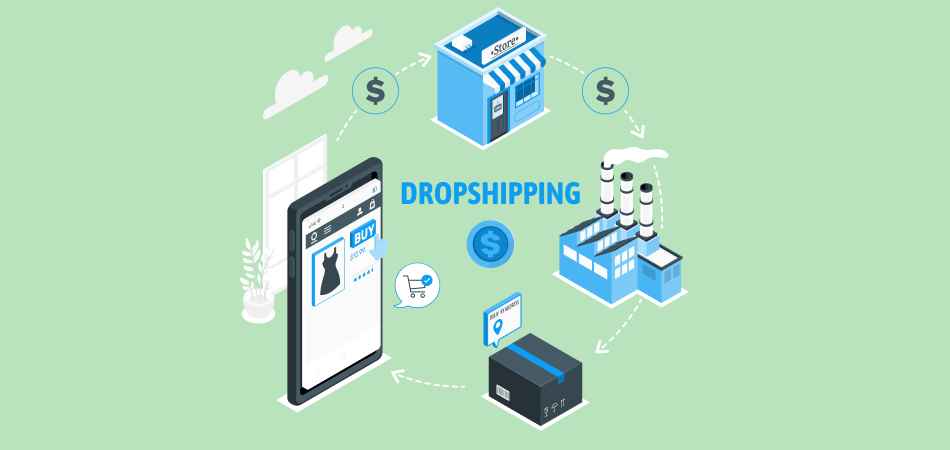What Is Customer Segmentation: Everything You Need to Know

Targeting customers and audiences might be difficult many times in today’s business process. Customer segmentation helps a lot in this targeting progress. It is the process of breaking consumers into groups based on specific criteria shared by all of them.
The purpose of grouping customers is to maximize the potential value of each group to the company by identifying the most effective personal approach to take with each group.
Why Businesses need Customer Segmentation
Business-to-Business (B2B) marketing involves segmenting customer based on a variety of characteristics, including but not limited to the following:
- Industry
- Company Size (No. of Employees, Offices and Branch Locations, etc)
- Product Purchases
- Turnover
- Location
When it comes to Business-to-Consumer (B2C) marketing, corporations often divide clients based on demographic characteristics such as:
- Gender
- Age
- Marital Status (Married, Single, Divorced, Retired, etc.)
- Locations (Rural, Urban, Suburbs)
Segmentation helps you to tailor your marketing efforts to specific clients while also gaining a deeper understanding of your entire audience. Here are a few instances of how client segmentation may be beneficial to your business.
- Marketing Communications Should Be Recipient-Specific: People are unique in their ways. What connects one group may be completely incomprehensible to another. In addition to optimizing your marketing, addressing the specific pain points of individual consumers can provide you with valuable information about how to enhance your goods or services in the future.
- Determine the Most Effective Communication Routes: Some people respond better to emails, while others respond better to social media postings or advertisements. Having a clear understanding of how to approach distinct consumer groups can save you both time and money.
- Increase Repeat Customers: This is the effect of using a customized strategy. The more you demonstrate your concern for your customers by understanding their concerns and using the appropriate language, the more likely they are to return and become loyal customers (by the way, we've prepared an article on How to deal with angry customers that you may find interesting).
- Products & Services are also Included: You can sell more to a consumer when you know what sort of customer you are dealing with since you know what they are likely to favor in advance.
- Determine which consumers are the most suitable: It will provide you with a list of individual consumers who have spent the most money. But, much more importantly, you will fully comprehend what it is that brings them together. It will allow you to locate more people who are similar to you.
How to Segment Customer
There are many different approaches to analyzing consumer data. The most fundamental customer segmentation may be performed manually in spreadsheet editors such as Microsoft Excel or Google Docs. In this situation, the first thing you should concentrate on is data preparation:
- Export the information about your customers: Using an eCommerce platform such as Shopify, WooCommerce, PrestaShop, or anything similar, you may do this using the administration panel. It is the most popular export format for this kind of data since it is compatible with almost any program and is easy to work with.
- Open (or import) the file into your favorite text editor of choice.
- Make the necessary adjustments to the data. Examine the exported data and decide which data fields you will be using in your application. You may eliminate the remainder of the section if you want to keep it more focused.
- Let's get started with the grouping. Filters may be added to columns. To begin filtering your clients, choose a characteristic that you would want to use to split them. When grouping clients by location, for example, pick one or many (for example, towns within a county) and filter out the others to achieve your goal.
- Congratulations! You have completed the creation of your first part.
- Copy the filtered customers to a spreadsheet that has been created specifically for this section.
- Repeat the process for the remaining consumers, and you will have a customer base that is segregated by location.
Of course, you may include other qualities and segment customers based on their geography, age, and gender at the same time. This, however, will need a huge increase in effort.

It's also important to remember that the portions should be large enough. You don't need to target each individual in a segment if you have a small group of individuals to target with different marketing activities. It's simply not going to work out.
Customer segmentation software, on the other hand, is widely available and may be used for a variety of purposes. They make the procedure more efficient and convenient for you.
Automated Customers Segmentation
If you want more sophisticated customer segmentation, you might consider using automated tools to do this. Here are some reasons why you should choose an automated solution over a human segmentation process.
- It helps you save time: Performing even the most basic segmentation based on a single characteristic might take hours. When working with more extensive segmentation, automated methods may save you weeks of time and frustration.
- There is no need to prepare data for analysis: It interacts smoothly with your eCommerce platform and outputs data in a standardized format.
- It combines information from several sources into a single dataset: For the most basic example, it can gather demographic data, purchasing history, and behavioral data and combine them all into a single, comprehensive database. Although this is theoretically possible to do manually, it would take an inordinate amount of time.
- Segments are kept up to date with the latest information: Once you have connected an automated solution to your eCommerce platform, it will be able to automatically export updated client data and do fresh segmentation regularly.
- You do not need to learn every piece of segmenting. If a tool is driven by artificial intelligence or machine learning, it will be able to search for insights in your data on its own. This means that you do not need to ask for clarification to get replies.
Value of a Customer over a Long Period
Customer Lifetime Value (CLV or CLTV) is the most significant segment when planning your marketing strategy. Although you may split consumers into groups based on any factor, it is the most important when planning your marketing strategy (CLTV or LTV). This enables you to categorize customers according to the amount of value they provide to your company.
Customers will, without a doubt, spend more money on your goods or services the longer they use them. As a result, it is critical to not only examine how much money they have spent but also anticipate how much money they will spend in the future.
Customer Segmentation & Machine Learning
Even though automated customer segmentation outperforms hand segmentation, artificial intelligence may do considerably more when used in conjunction with it. Given that computers have far more processing capability than the human brain, why not assign them more complicated tasks?
The use of artificial intelligence may significantly enhance the segmentation process. The strength of segmentation means that you don't even have to know what you're conducting the segmentation for ahead of time. Algorithms are capable of processing large amounts of data and identifying significant relationships. The insights gained from these relationships are then presented.
Use of Customer Segmentation
Customer segments with common characteristics may be used to govern how a business advertises to each group and what items or services it pushes to each segment, according to the company. Based on segment knowledge, As an example, a small firm selling hand-made guitars could opt to market lower-priced items to younger guitarists while promoting higher-priced quality instruments to elderly players to increase sales.
This is based on the fact that younger musicians have less disposable income than their older counterparts. Additionally, a meal-delivery business can highlight convenience to millennial clients while emphasizing the advantages of "tastes just like mom used to prepare" to baby boomers.
Regardless of the size or industry of a company, customer segmentation may be used by any organization, regardless of whether it sells online or in person. Gathering and evaluating data are the first steps, followed by taking suitable and effective action in response to the information received are the second and third.
Conclusion
When used correctly, customer segmentation can be an invaluable tool for businesses of all sizes. By understanding who your customers are and what they want, you can more effectively target your marketing and sales efforts, resulting in increased ROI and happier customers.
When segmenting your customers, make sure to use data-driven criteria such as demographics, purchase history, and behavior. And always keep your customer segments up-to-date as your business (and your customer base) evolves.












 Company
Company
 Why Choose DSers
Why Choose DSers
 Blog
Blog
 Help Center
Help Center



